Citizen introduced the Parawater in 1959. It was Japan’s first waterproof timepiece. This innovation made waves in the wristwatch industry. The Parawater became a symbol of durability and cutting-edge design. Watch enthusiasts and collectors still praise it for its ruggedness, style, and historical significance. This blog explores why the Vintage Citizen Parawater remains a cherished timepiece. We will also compare it to other watches from the same era.
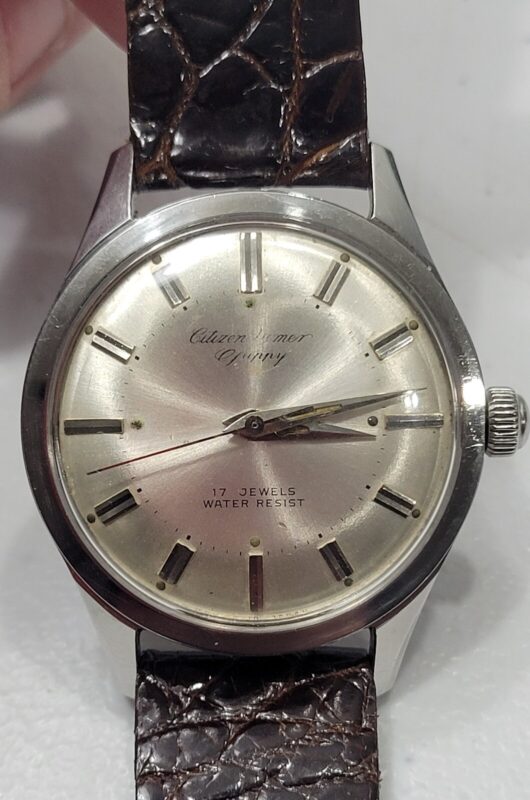
The Birth of the Citizen Parawater
The 1950s marked a turning point for Japanese watchmaking, with Citizen leading the charge in technological advancements. After the success of the Parashock Japan’s first shock-resistant wristwatch Citizen set its sights on waterproof technology. They developed the Parawater as Japan’s first fully waterproof timepiece. Citizen’s engineers pioneered a groundbreaking O-ring gasket system, which sealed the watch’s case, crown, and crystal to prevent water from entering. Citizen designed the Parawater to withstand water resistance up to 50 meters, a remarkable achievement at the time. By making this feature accessible to the general public, Citizen set a new standard in the watch industry. Unlike other waterproof watches, the Parawater combined both practicality and affordability, allowing anyone to own a durable, water-resistant timepiece.
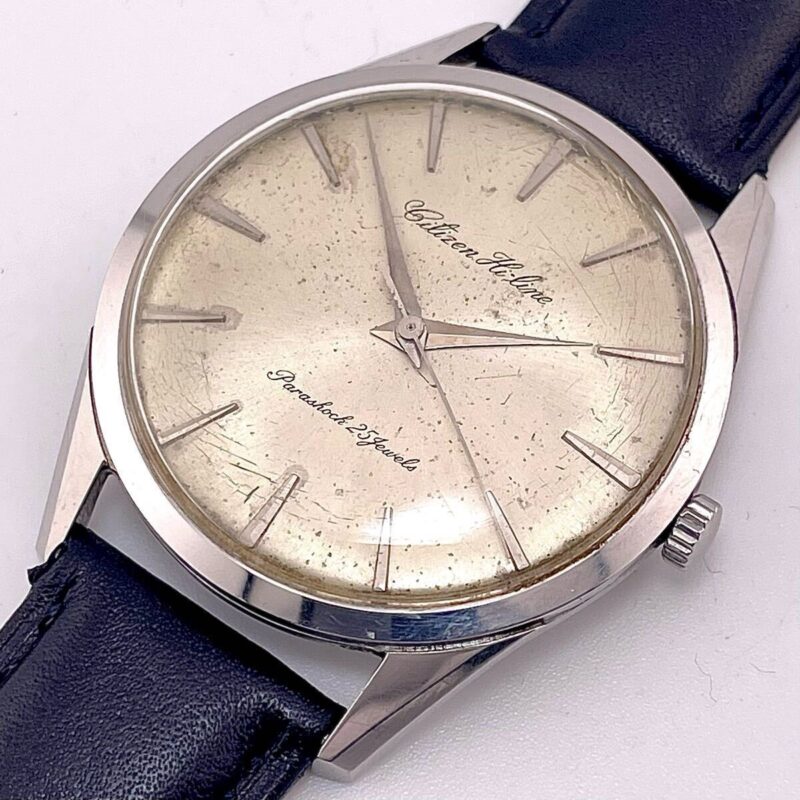
The Kuroshio Experiment: Proving Parawater’s Durability
Citizen did not just claim the Parawater was waterproof they proved it. In the early 1960s, Citizen launched the “Kuroshio Experiment,” a bold project to demonstrate the watch’s durability. In collaboration with the Japan Maritime Self-Defense Force and the Tokyo University of Marine Science and Technology, Citizen released 47 bright yellow buoys containing Parawater watches into the Sea of Japan. The buoys drifted through the ocean for several months, enduring harsh weather and water conditions. When the team recovered the buoys, they found the watches in perfect working order. This experiment not only proved the watch’s waterproof capabilities but also cemented Citizen’s reputation for producing reliable, innovative timepieces.
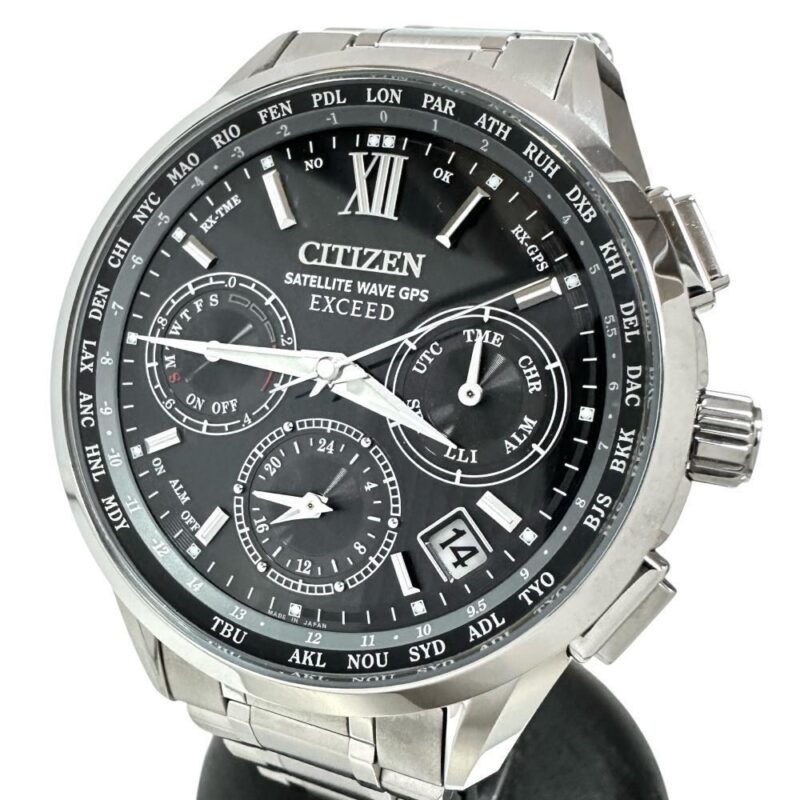
A Closer Look at the Design and Engineering
The Citizen Parawater wasn’t just waterproof; it was a well-crafted piece of horological engineering. Citizen powered the Parawater with the reliable Caliber 920 (or 2B) movement. This manual-wind movement featured between 17 and 23 jewels, depending on the model, and delivered the precision that wearers expected from Citizen. Its design incorporated simple yet elegant features, including arrowhead hour markers, dauphine hands, and a domed acrylic crystal. The watch’s case, typically made of stainless steel, exuded rugged elegance. While designed to handle the rigors of daily wear, the Parawater maintained a refined look that made it versatile enough for both formal and casual occasions. The O-ring gasket system, which sealed the case, crown, and crystal, was a technological breakthrough that ensured the watch’s waterproof integrity.
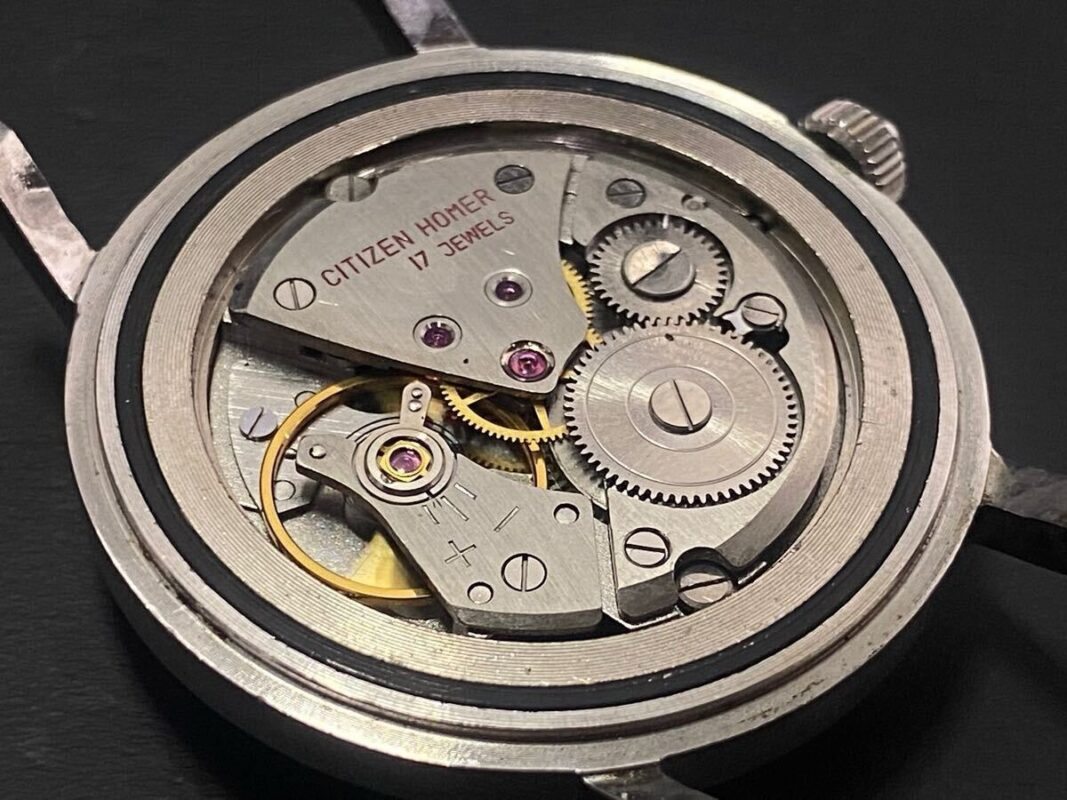
Comparing the Parawater to Other Watches of the Era
The Citizen Parawater wasn’t alone in the market when it came to waterproof watches, but it stood out for several reasons. In 1965, Seiko introduced the 62MAS, Japan’s first professional dive watch, offering water resistance up to 150 meters. However, the 62MAS came six years after the Parawater and targeted professional divers, whereas the Parawater was designed for everyday consumers, making it more accessible. Meanwhile, Rolex’s Submariner, introduced in 1953, set the bar for professional dive watches with its 100-meter water resistance.
The Submariner was a luxury timepiece, catering to a different market than Citizen. While the Submariner was aimed at the high-end market, the Parawater made waterproof technology available to a wider audience at a more affordable price. Another important comparison is with the Omega Seamaster. The Seamaster debuted in 1948 and initially featured water resistance for dress watches. As the Seamaster evolved into a professional dive watch in the 1950s, it competed with the Parawater, though the Seamaster had a higher price tag and specialized features that made it less accessible to the average consumer. In comparison, the Citizen Parawater’s affordability and groundbreaking waterproof technology made it an attractive option for a broader audience. While the Parawater didn’t boast the same extreme water resistance as Seiko or Rolex dive watches, it achieved something extraordinary: Citizen democratized waterproof technology and made it available to everyone.
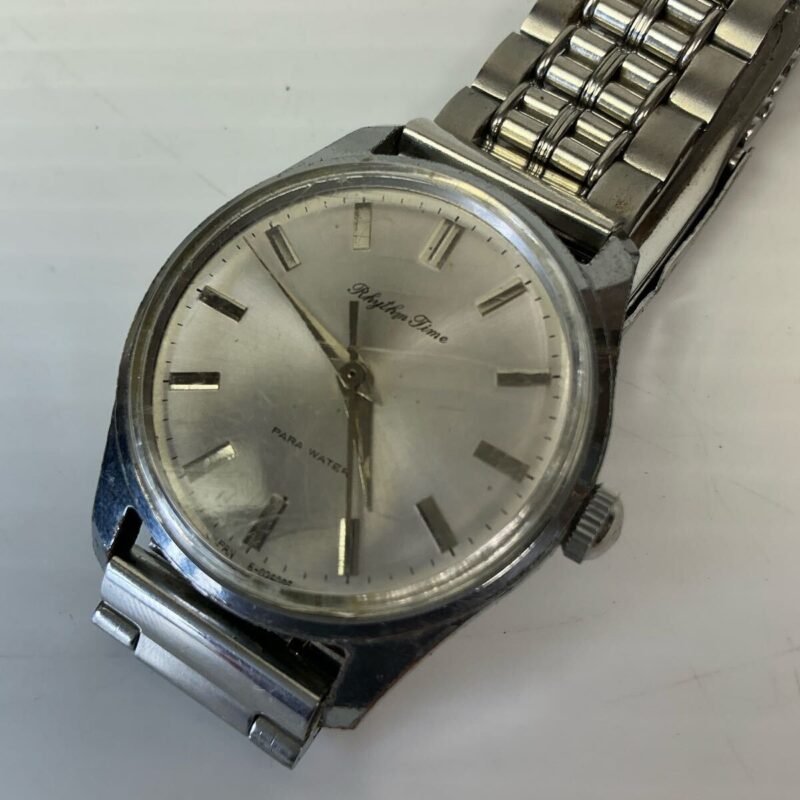
Why Vintage Enthusiasts Still Love the Parawater
Several factors contribute to the enduring popularity of the Citizen Parawater among vintage watch enthusiasts. First, its historical significance as Japan’s first fully waterproof wristwatch makes it a highly sought-after collector’s item. The watch represents a pivotal moment in horological history, and owning a piece of that legacy appeals to collectors worldwide. Second, the Parawater’s design remains timeless. Its durable construction, coupled with elegant features like the arrowhead markers and dauphine hands, ensures that the Parawater continues to look great even decades after its release. Collectors value both its technical achievement and aesthetic appeal. Third, the Parawater remains relatively affordable compared to other vintage watches from the same era. While prices have increased over the years due to its collectible status, it remains within reach for many collectors, making it an accessible way to own a piece of watchmaking history. Finally, the Parawater has seen a resurgence in interest thanks to modern reissues like the Citizen Kuroshio ’64. This modern version pays homage to the original, featuring similar design elements and offering updated technology, such as an automatic movement with a 60-hour power reserve. The reissue has attracted a new generation of enthusiasts, further boosting the Parawater’s appeal.
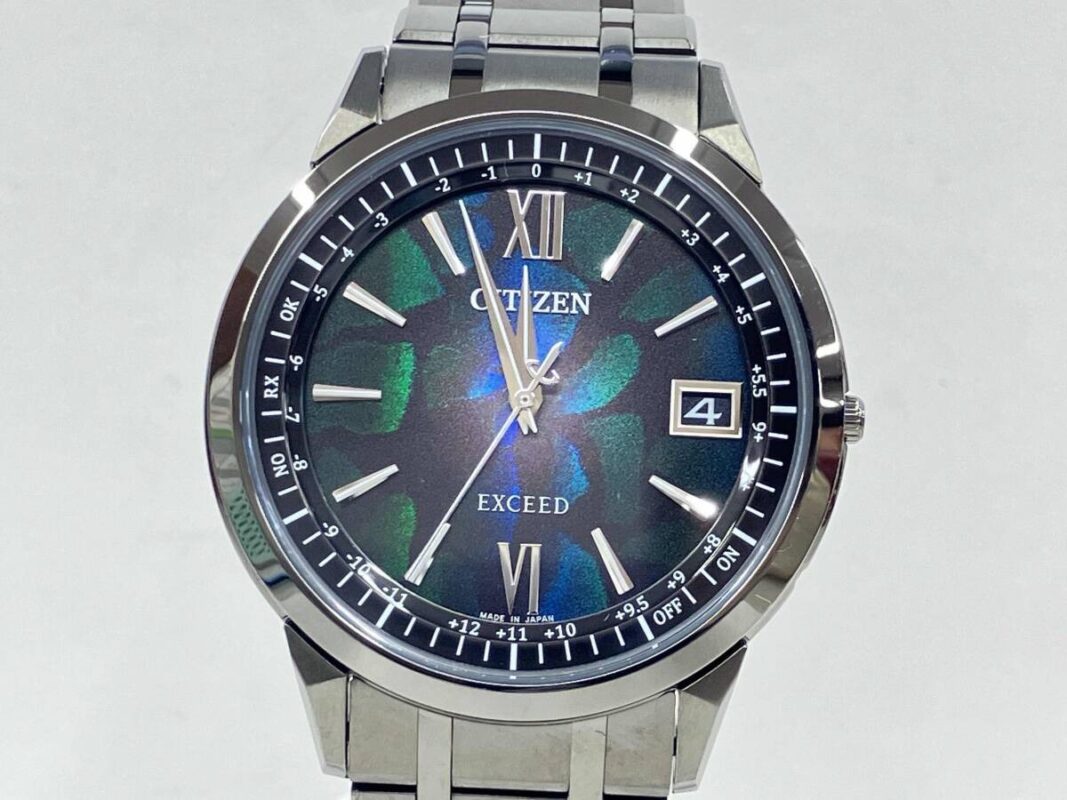
The Citizen Kuroshio ’64: A Modern Homage
Citizen’s reissue, the Kuroshio ’64, brings the Parawater back to life with modern enhancements. The design faithfully replicates the original, with elements like the arrowhead hour markers and the iconic dauphine hands. However, the Kuroshio ’64 incorporates an automatic movement (Caliber 8310) and a 60-hour power reserve, updating the watch for contemporary needs. The Kuroshio ’64 comes in various dial colors, including dark blue, black, and silver, inspired by different ocean hues. Its 41mm stainless steel case and 50-meter water resistance reflect the original’s core qualities, while the modern movement and features cater to today’s collectors. This homage to the classic Parawater bridges the gap between vintage nostalgia and modern functionality.

Final Thoughts
The Citizen Parawater remains an enduring symbol of watchmaking innovation. Its historical significance, reliable performance, and accessible price make it a coveted timepiece among collectors. By introducing cutting-edge waterproof technology at an affordable price, Citizen changed the game for wristwatches, and the Parawater’s legacy endures. Whether you’re a seasoned collector or a newcomer, the Parawater offers a unique opportunity to own a piece of horological history. If you are interested in adding a Vintage Citizen Parawater to your collection or learning more about this iconic timepiece, don’t hesitate to contact us. Our team of experts can guide you in finding the perfect vintage watch or help you discover modern reissues like the Kuroshio ’64.
Contact Us Today
For more information or inquiries about vintage watches, reach out to us NewJapanDeals. We are here to provide expert advice, assist with finding rare pieces, and help you on your watch-collecting journey.





